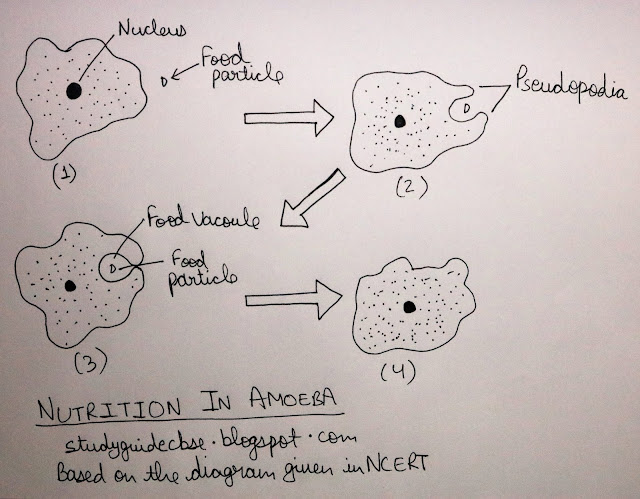Ch. 6 Life Processes Questions and Answers

Q. What are the various maintenance processes in living organisms? Why are they important? A. The important maintenance processes are: Nutrition Respiration Transportation Excretion These processes are important to prevent damage and break down of living structure(in order to maintain the living structures, these molecular movements are required). Q. Why are molecular movements needed for life? A. As living organisms are complex and have a well-designed structure to make them efficient, they have an organ system made up of organs. Organs are made up of tissues, tissues are formed by cells, and cells, in turn, are made up of smaller structures. But due to the environment and weather vagaries, these structures start breaking down that would ultimately result in the death of the organism. So in order to make them withstand such conditions and be carry out repair and maintenance, these molecules must move around all the time. Q. What is the mechanism of stomata? A . 1.